|
My mantra has always been, “I am preparing you for high school. Everything that we do in this class is to make sure that you’re ready for your high school Pre-AP English class.” The Innovation in Teaching Fellowship has shown me that I must change this mantra to, “I am preparing you for life by showing you how to think creatively and critically to make your world a better place.” Participating in this fellowship has pushed my thinking about engaging students and preparing them for the future. Determining how to incorporate design thinking in my class was intimidating at first. As teachers, we tell our students to be fearless and unafraid to try things that are unfamiliar to them. Well, I had to take that advice for myself. I felt vulnerable and intimidated because I wasn’t quite sure about what I was doing. After checking in with my fellowship coach,Nafia, I attempted to apply design thinking through a novel study of John Steinbeck’s The Pearl. I have used The Pearl for years to teach an analysis method called SIFT, and we’ve done projects that have dealt with real life issues like Stand Your Ground laws and domestic violence. This year I leveraged design thinking to challenge students to choose a major character to empathize with. By inciting empathy, students were able to better connect with different major characters, which not only is a tested TEK (understanding character motivation) but also helps readers to make personal connections with the text. When students had the chance to prototype and build a product to help one of the main characters solve a problem, I witnessed a deeper level of understanding and analysis that I have never seen before. . With this twist on character analysis, they were able to present their prototypes to the character and even rewrote the ending of the novel incorporating their product. Today are using the design thinking cycle as a way for students to create their own independent project. Each 8th grade student has chosen a topic that is meaningful to him/her. This fellowship has inspired me to give students complete autonomy of identifying a user (or “client”) and designing a product to help them solve a problem. They have chosen topics such as creating a schedule for our school that will help to reduce student anxiety from the workload and designing a peer tutoring program in Dallas ISD for second language learners to be tutored by fluent English-speaking students. Some of their ideas seem to be massive undertakings, but failure is part of the process. By leveraging the design thinking process, students are now learning that things don’t always go as planned the first time.They’ve also begun to better understand empathy- listen and learn about the needs of their end user to determine what he/she needs. This fellowship has sparked innovation in my students and me, and for that, my classroom has forever been changed! For more information on using design thinking in the classroom, we strongly encourage you to check out the novel engineering resources and research powered by Tufts University here.
1 Comment
It's here! The first prototype (and 32nd draft) of the Personalized Learning Readiness Continuum! Over the past two years our team has been iterating and refining the systems at both the campus and district level that enable personalized learning in the classroom. And, we've learned a lot. As more educators and school teams are raising their hand(s) to join the work, the need to identify our proof point schools as well as schools that were ready, willing, and able to dive into personalized learning grew even larger. Alongside students, teachers, school leaders, and our friends at 2Revolutions we turned to the design thinking process as our guide to solve this problem.
What we've learned so far:
Without individual experiences, there can be no collective story. The more we share our individual experiences, the more our collective story grows, and the less alone we feel in the work. This is not the typical take away from a conference on blended and personalized learning, but The Blended & Personalized Learning Conference held in Providence, Rhode Island last week was not your typical conference. According to the conference website, the goal of the Blended and Personalized Learning Conference is to “share proven practices from the best classroom, school and district success stories across the country.” For three days, the Dallas ISD central PL team joined a diverse set of educators to do just that. Throughout the conference, opportunities to connect and share were embedded with intention and innovation. Schools opened their doors and shared their work, sessions had us mapping and storyboarding our PL journeys. Table discussions were transformed through Jeffersonian Lunch Conversations, while conference sessions engaged us through Consultancies, and Pecha Kuchas on failing forward. And the storytelling didn’t end with the sessions - we joined our teammates after the sessions to share childhood stories of bumps and bruises, embarrassing high school moments, and epic examples of failure (including one of us literally falling flat on our face). On the final day of the conference, a panel of three students shared their stories to a room of over 1,300 educators. One of the students offered some advice for educators that speaks to the power of sharing your experiences and who you are. She said, “you come to a class full of humans. They may be small humans, but they're still humans...allow yourself to be human in your classroom!” With so much of our time spent on playlists, data, rotations, risk taking, and reflecting, what a powerful reminder that regardless of our role (student, teacher, administrator, etc.), the most vital of our never-ending list of daily responsibilities is that of simply being human. Only then can the collective story we live and share be one of connection and community. The central PL team is committed more than ever to allow ourselves to be more human, to share our story, and to be inspired by yours! *Special thanks to the teams at the Highlander Institute, Christensen Institute, & The Learning Accelerator for such a special experience.
In a world where so much injustice is being brought to light, how might we as educators and leaders, teach our students compassion and empathy? When writing an article for The New York Times, R.J. Palacio said, “The tricky part about teaching empathy to children, is that you can't really teach it. You can only inspire it.” Someone can’t think about how they are hurting others if they can't first practice empathy. I would argue that empathy is one of the most important skills we can instill in our students because with empathy our students hearts will be softer toward others and I believe that is where real change starts. This summer when reading, The End of Average by Todd Ross for the Innovation in Teaching Fellowship I renewed my passion for teaching the whole student, as they are, and not just the data and intellectual part of the student. Martin Luther King, Jr. said, “The function of education is to teach one to think intensively and to think critically. Intelligence plus character - that is the goal of true education.” After some honest reflection, I realized that the character part of learning was largely absent in my classroom. I asked myself, “If I can't teach empathy to my students, how can I inspire it?” I then set out this year to introduce books that would, hopefully, bring about empathy in an organic way. I realize that most people, adults even, do not know anything of life other than what we have experienced ourselves. This is an obstacle when it comes to compassion and empathy. We can’t understand things like prejudice, sexism, or abuse unless we have experienced it, so we can't truly “feel for” those who are currently experiencing these struggles, and isn’t feeling for others the definition of empathy? As a result of these revelations we started out our year reading Wonder by R.J. Palacio as a class. Some people might think reading aloud to 5th graders has no merit, but I find being able to start the year by sharing the experience and allowing them to hear a fluent reader and model how to think through and reason with the text invaluable. I specifically chose to share the book Wonder because its overarching theme is kindness and the main character is in 5th grade. I hoped this would solicit empathy toward their classmates. Through books, we can not only visit exotic places, but we can also get a peek into what our neighbor’s life is like day to day. Books allow us to experience things outside of our own “bubble” and I am constantly amazed at my 5th grade student’s ability to “put themselves in someone else's shoes” and see things in a new light. So, let's work together as educators, not only to raise a generation of empathetic, compassionate humans, but to open our own minds to other realities, and show empathy ourselves by diving into diverse literature today. Afterall, you can't teach empathy but you can inspire it.
Conversations around equity are difficult and at times, uncomfortable, but crucial to ensuring a learning experience is truly personalized. As shared in a recent blog post, The New and Improved PL Toolbox, including equity in the newest version of the tool was imperative and creating equity as its own domain was intentional. Over the past six months we’ve had a continuous conversation with teachers and school leaders about it equity looks like in a personalized learning classroom. From these conversations we identified teacher actions centered around bias, identity, access and expectations that would ultimately become the foundation of our 4 phases: Self-Awareness, Diversity in Design, Collaborative Grouping, and Access to Materials. Observing self-awareness in a 20 minute observation is not the same as observing routines and procedures. For this reason we are recommending that this domain be used as a reflective tool by teachers that promotes self-efficacy within to recognize implicit bias, push curriculum to represent the students who are engaged, and consider how learners are grouped and access materials. For coaching purposes, this domain can be used to guide conversations, set goals, and connect with colleagues in a safe way. To help you get started, here is a list of questions to guide self-reflections -
Want to go deeper, but not sure where to start? Here’s what is inspiring our team -
“Houston, we have a problem.” This quote is a daily reminder to me of what the crew of Apollo 13 experienced. Faced with possible death, they used their critical thinking skills and determination to defy all odds and they made it back home. Sometimes being in the classroom with a room full of students at all different levels seems like an impossible mission, not life threatening but difficult. James Lovell, the commander of Apollo 13 was quoted as saying “There are three types of people. There are people who make things happen, there are people who watch things happen, and there are people who wonder what happened. To be successful, you need to be a person who makes things happen.” The crew on Apollo 13 did not have the option to watch and wonder and neither do we as teachers. Every day that we get out of bed we do so with the intent to make something happen. The Innovation in Teaching Fellowship has helped me see that education is changing. Every fellows is a maker. We are changing the way education is being presented to the children. We are redesigning our classrooms and the way we deliver our lessons. No longer will students have to sit in rows and be fed their education. Through the introduction of personalized learning, students are now taking part in their learning. As part of this fellowship, I had the opportunity to visit schools in Colorado where I watched students working through their weekly goals. They were not in desks or in rows. They were at tables, on couches, bean bags, and the floor. They were reading, writing, working in small groups and on the computers. Their reward was not free time or extra recess. They were working hard so that they could work on their projects. Some students were working with the parks department to help plan a useful and fun design to the park near the school. Others were working on cutting down the energy use at the school or how to build a greenhouse for the school garden. Third graders had designed products, produced them, and partnered with a charity so that would benefit from the sale of their product. They had raised over $14,000 this school year already. Whether they were helping with the park or trying to save energy, these students were motivated. The atmosphere at these schools was different. Students almost seemed to be working side by side with their teachers. The maturity level of the students was also very impressive. These students are not just learning reading, math, science, and social studies. They were learning work ethic, time management and problem solving skills. They have seen someone make a difference and they know that they can also. That is where I have found myself. I have seen what is possible and I too want to make that happen. We need to make sure that our children know that they have the power to make a difference. They have the power to help guide their education. Education as we know it is changing and I don’t just want to watch it change. I don’t want to wonder when it changed. I want to be a part of making the change. My students are recycling. Not just in my classroom. They are making sure that the whole school is recycling. They learned about a problem, they asked questions, they now understand the problem, they have navigated a solution, they have created a plan, they have highlighted and fixed their plan, and they have launched their idea. They show up on my portable door twice a week in the mornings. Not on time but early, to do their part. There is no reward from me. They realize that they are part of something bigger and they want to be involved. This is where this program has gotten us. This is the innovation in teaching.
Have you ever tried to run a marathon? Well, learning and implementing Blended Learning is a lot like getting ready for a marathon. At first you tell yourself, “If other people can do this, so can I.” Then you begin training, educating yourself and before you know it you’re hitting the track, or in my case the classroom floor running. Yet, at some point you become overwhelmed thinking, “Can I really do this? Maybe I should go back to what I was doing before. It seemed to work and I was good at it!” Of course there are those days when you have to just splash the cold water in your face and recognize how far you’ve come and the impact that you’ve made. Before you know it you’re running that race and nothing can stop you. Let me tell you about my marathon. I joined Dallas ISD’s Innovation in Teaching Fellowship to recondition my mind. I knew very little about Blended Learning before I entered the fellowship, but I was eager to learn. Our first few days were filled with trainings and collaboration; I felt motivated! Then, the school year started. Think of the first day of school as my “starting line.” At first I said, “Pace yourself.” Although, that didn’t happen. I took off sprinting, implementing as much as I could from training within the first six weeks. Station rotation, playlist, choice homework, flex seating, and the 7 Habits. By the end of the third week of school, I was exhausted! This was all new to me and my students, and not to mention I was teaching a mixed-age group, for the first time. Eventually, I had to go back to the drawing board and redesign my approach and implementation. In other words, LAUNCH, using design thinking to boost creativity and bring out the maker in every student. This marathon now included my class; we would run a unique course together.
helped with classroom management and culture. Before, students struggled with transitions, valuable time was lost and everyone was frustrated. Now, students use a choice board that focuses on “Must Do’s, Can Do’s, and May Do’s” allowing for more fluid transitions. Throughout the journey, I’ve implemented other systems that didn’t work as well as others, however the most important lesson of it all was understanding the students’ misconceptions and listening to their feedback. Throughout this experience, I have been excited to teach, struggled to understand why things didn’t always work, innovative, felt stressed, overwhelmed, wanted to give up, became re- inspired, and most importantly, became transpired into a Blended Learning educator. Now, are you ready to start your marathon?
Teaching is a high-pressure, fast-paced and a highly responsive career. Teachers face a plethora of daily choices such as how to organize classrooms and curriculums, how to interpret students' behaviors, how to protect learning time, and how to create a safe learning environment. Many choices involve matters so routine that a teacher can make and implement decisions automatically. But teaching also involves complex choices about difficult problems that, if left unaddressed, often escalate or hinder students academic growth. A different type of process is needed in order to address these complex challenges and that process is called, design thinking. Design thinking is an intentional process to construct fresh, relevant, and creative solutions to old problems. This process allows students and teachers to look at broken systems within their classroom with lense for empathy to create a prototype that will fix a broken system. When I first heard about the Innovation In Teaching Fellowship I was immediately excited because I personally love to grow. I love the process of picking apart things in my classroom that didn’t work and figuring out how to make them better so this fellowship fit me perfectly. During the summer we participated in a Summer Design Sprint which breaks down what the Fellowship is all about. Throughout the experience,we also read two books called The End Of Average and Blended which both takes a 21st century look into education. One of the biggest things I realized is that over the past few decades things in our world have changed. In the industrial era it was important for students to develop a skill of memorization so they could be successful when they grew up in the career or trade they chose to participate in. As we continue in the 21st century I realized that critical thinking skills, problem solving skills, creative thinking skills, and innovation are critical in order for our students to be successful. One of the biggest lessons I learned from this entire process is that students do truly care about their learning. Students want to be involved in their learning path and when they are given the choice to decide how they will or the way in which they learn best, students really do begin to take ownership of the learning process. This year I included my 5th grade students in helping me determine how they will learn the reading standards they will need in order to be successful. As a collaborative group, so far they’ve increased their academic readiness by 42%. As students began to make decisions on how they would learn I saw them transform into students who are invested in school. They now love school so much that they beg their parents to drop them off early so they can come to my classroom to finish work, spend time with me, or begin redesigning other aspects of our classroom system. This level of engagement inside and outside of the classroom, has led to a decrease in office referrals and We have had very minimal behavioral distractions and when they do occasionally occur the other students in fifth grade help guide that student back on the right path. This year we worked on two design cycles. The first one I helped the students with and the second one was student led. Now students are identifying academic barriers and creating plans that address them on their own. As I continue to learn more about Design Thinking my hope is to bring it back to my campus and instill in them the importance of this process. The Innovation in Teaching Fellowship helped more than 40 teachers of all different backgrounds with various years of experience realize that we need to change the way we teach as well as the way our students learn in order for them to be successful in the 21st century. This program allows teachers to pick the path that fits into their current teaching assignment the best. I encourage any teacher who is thinking about how they can improve their classroom to join this fellowship because it truly helps you develop as a educator. The key to success in this fellowship is having a growth mindset. Once you trust the process you will truly begin to see your students flourish before your eyes.
Last year I had the chance to try my hand at a project based learning cycle for a geometry unit with my co-teacher. Not only was it fun and engaging, it brought out a different side of my students that I would never have unlocked if we stayed safe in our textbooks and pencils. That glimpse showed me that with a little extra searching, and a commitment to “one small change,” my classroom could look and feel more welcoming for all my learners, not just for those that fall in the middle. That experience motivated me to apply and join the Innovation in Teaching Fellowship. On the first day of our Design Sprint in June 2017 I was most surprised by how empowering it felt to be surrounded by other ambitious and inspiring educators. Here we were, all teaching a few miles from each other, and we would have never met if it wasn’t for this fellowship. It was a good reminder that we are all doing our best, while working against a myriad of obstacles. I heard from fellows about the lack of technology at their campus, their lack of team unity, wavering campus leadership, but what I didn’t hear from them is any indication of giving up. Before my school year even started, I left knowing that the fellowship would equip me with friends to bounce ideas off of and would encourage me to keep trying new things. Throughout the year I continued to look for moments of clarity that I was headed in the right direction. It was so helpful to have check-ins at our fellowship meetings. I longed for more time with other fellows to talk about how the year was going, what we were trying, and what we still needed help with. I kept thinking this was supposed to feel bigger, that I would feel different. However, I am realizing it is all a process and it is okay to innovate going two steps forward and one step back. I found that innovating in the classroom is much more than introducing fun technology options, or even being at a 1:1 technology ratio; it’s about pairing a mindset for growth with the best tools of the trade. This can start anywhere. Committing to one small change is alarming at first but once you see where that one change takes you it keeps you going toward another small goal. This school year might not look perfect and my changes may have felt small to me but I have become more equipped with a toolkit of ideas, resources, and people to help make me a better educator and more able to reach all learners where they are. This experience has helped me realize that all education is messy, as well as wonderful. And, it is up to me to continue bringing order, opportunity, and challenges to my students and to myself in new ways every day.
Change was what I yearned for since last year’s chaotic school year. Sticking to the basic teaching script was boring me. Activating prior knowledge, you do, we do, and etc. was just so repetitive. And as any educator knows, if you are not feeling it, the students aren’t either. A change in the lesson cycle was the key I needed to transform every student’s learning experience into an exciting one!
Both pathways (blended learning and project-based learning) were interesting and definitely in the right direction in terms of what I wanted to accomplish for the upcoming school year, but I decided the blended learning pathway was the right fit for me. It seemed to be teaching methods I could easily implement in my classroom. The blended station rotation sounded like centers, technology stations screamed Reasoning Mind, and students tracking data … sure that’s what ACE (Accelerating Campus Excellence) campuses do. I thought to myself, “I can do this!”, until leveling took place at my campus and I was no longer the third grade mathematics and science teacher, but the second grade one too. After leveling I had 27 second grade students in my tiny classroom during the morning and 22 third graders in the afternoon. I had to find a way to adapt to my new environment. The blended station rotation model was a life saver! It allowed me to group students based on needs, which in turn helped me focus on the lowest SEs with struggling students. It was a struggle at first. Teaching rules and not having access to Reasoning Mind at the end of September was something I never accounted for; however, as data would later show, it was for the best. Students did great on their ACPs (Assessment of Course Performance) in both grade levels. Technology was one of the greatest assets I had this year. I implemented it on a daily basis but then hit a wall when I thought every station rotation had to include technology. This is a misconception that many believe a blended learning classroom should look like. I quickly learned that it is just one of the stations you can utilize . MobyMax was one of the two technology stations I created. While utilizing MobyMax students would work at their own pace focusing on struggling SEs. I could even assign lessons that I felt were best tailored to their needs. This school year has been fun, challenging, and yet rewarding at the same time. Sure there are several aspects of the blended learning program I wish I had more time to implement; however, I now realize this is a lifelong process. As long as you keep the wheels in motion, and allow yourself time to improve upon the mistakes that have been made, you will succeed. I know when I have finally obtained my goal, there will be another component to the blended learning program that I will have to try. To me, innovation in education is an alteration in your instructional practices that will eventually lead to a breakthrough. The notion of one size fits all cannot and should not be applied to any classroom. Every student learns at a different pace and utilizes several resources to reach their full potential. In my opinion, traditional classrooms are not functioning as they used to. Many students fall behind when they do not acquire mastery of a skill. We must learn to adapt to this changing environment and not be afraid to get our hands dirty by trying new and exciting things in our classroom.
|
Brought to you by the Personalized Learning Department at the Dallas Independent School District.
Categories
All
Archives |

This work is licensed under a Creative Commons Attribution-NonCommercial-ShareAlike 4.0 International License.
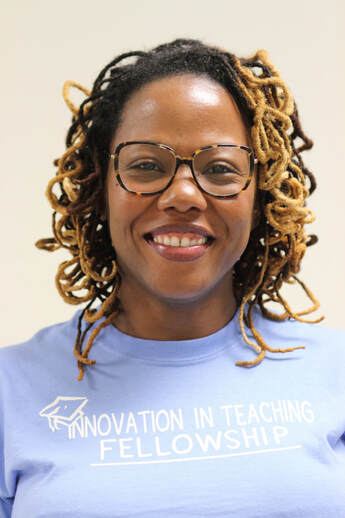

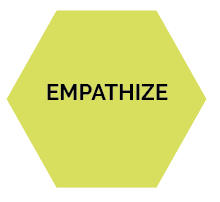
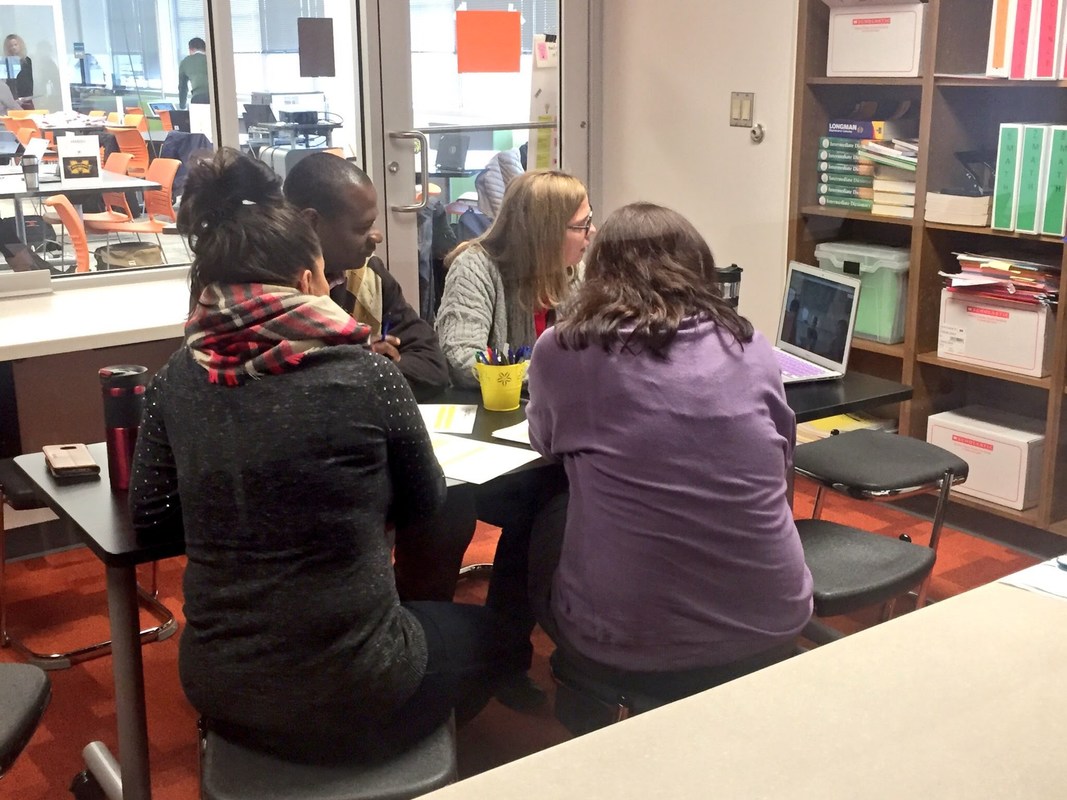
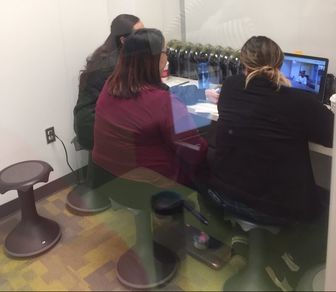


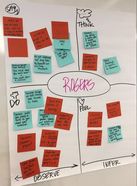

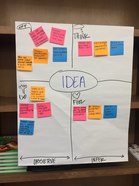
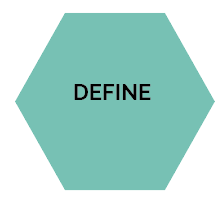
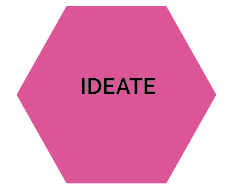

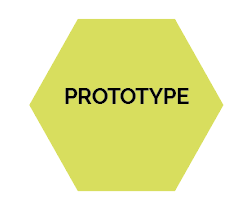


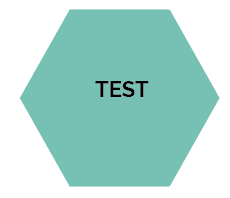

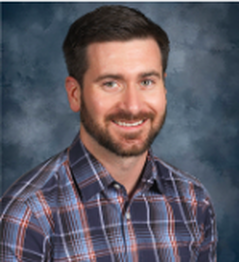


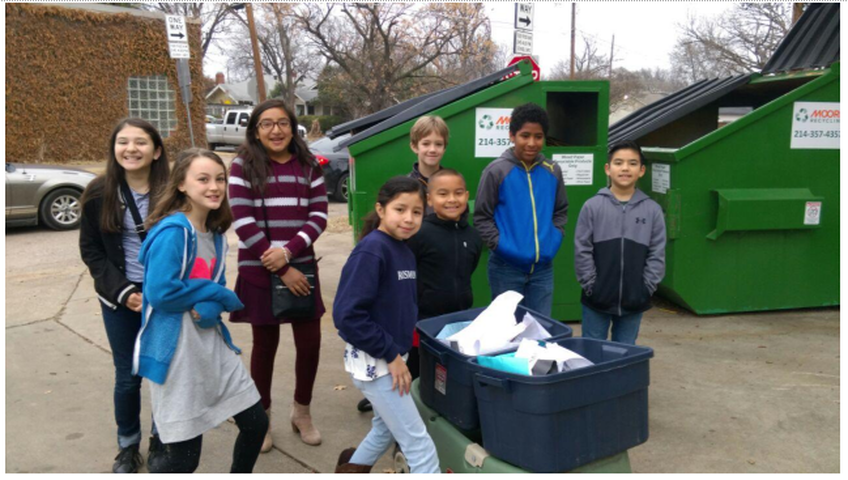
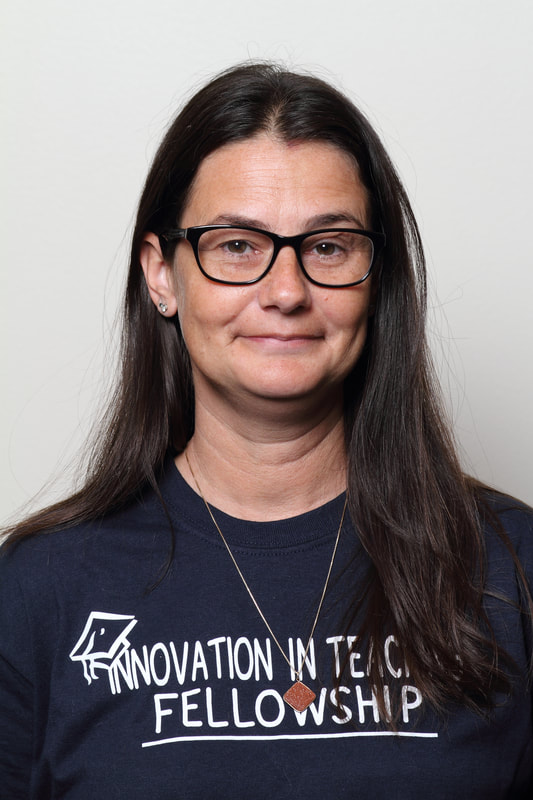


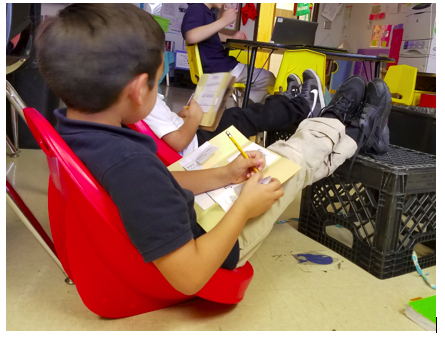
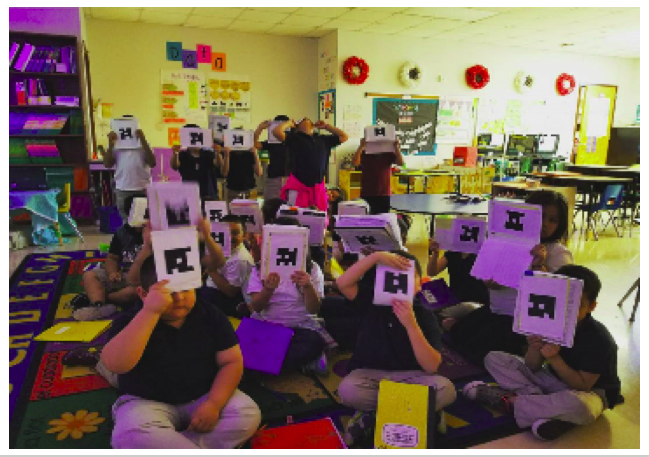

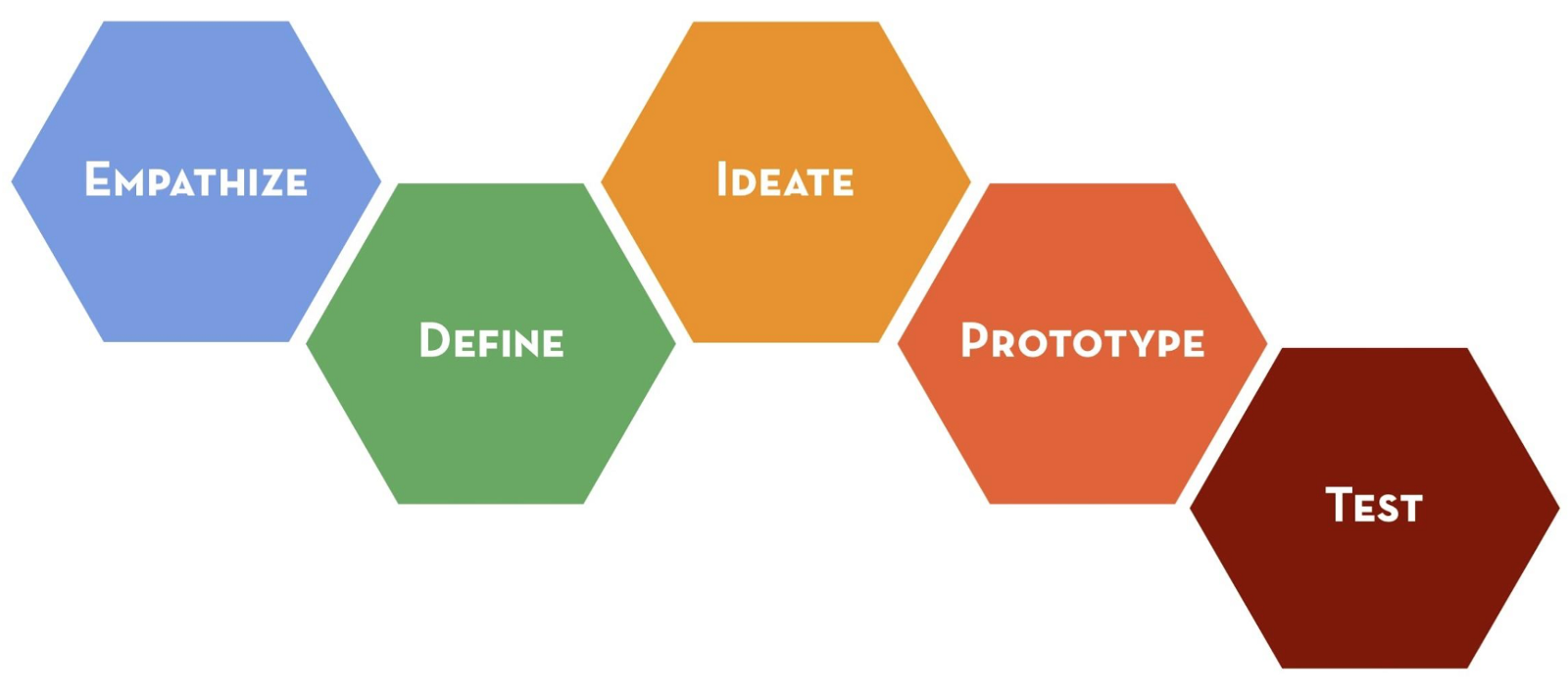
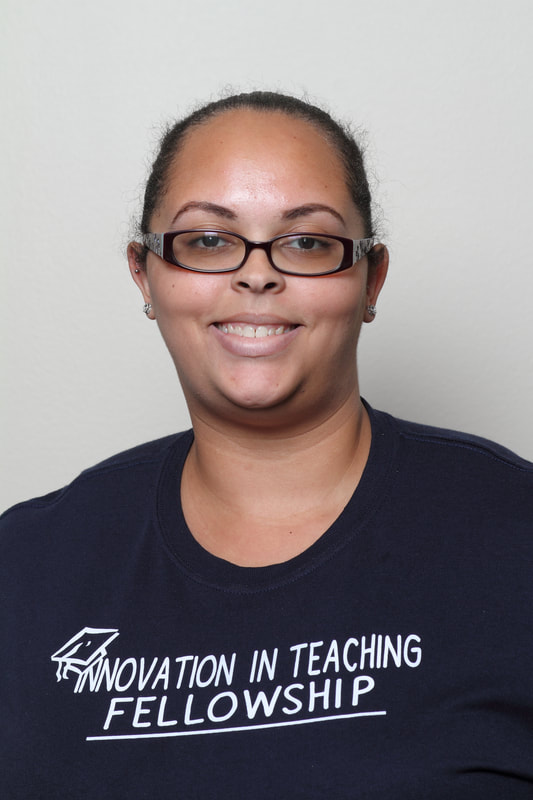
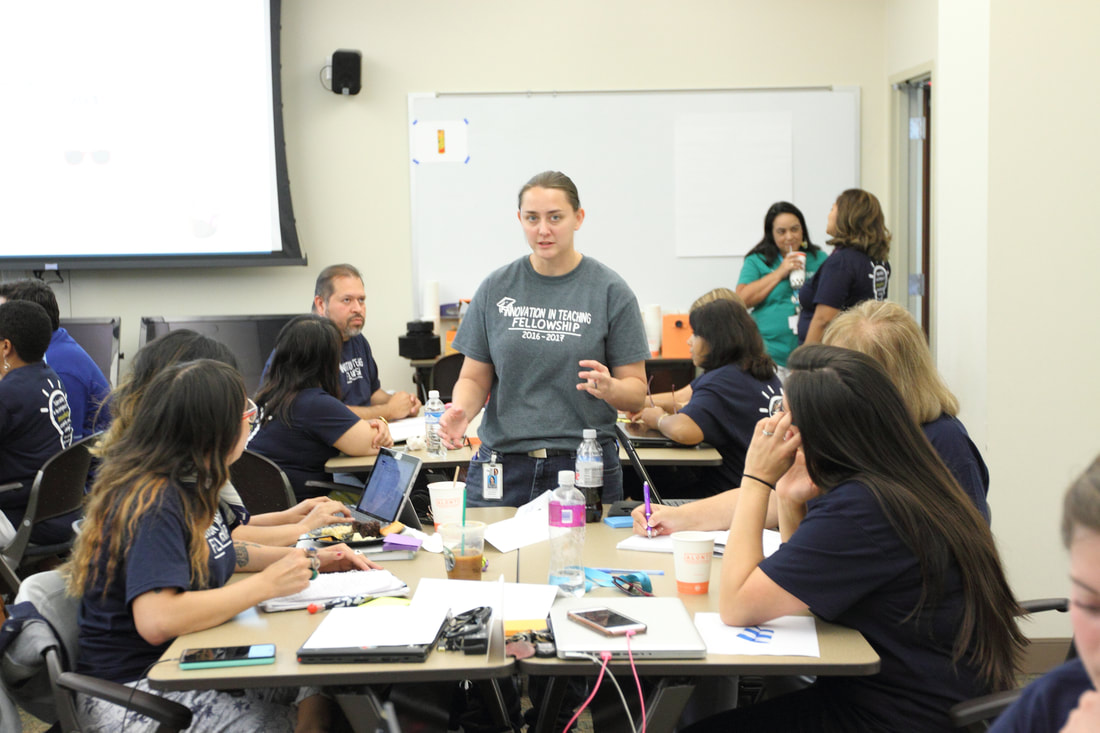
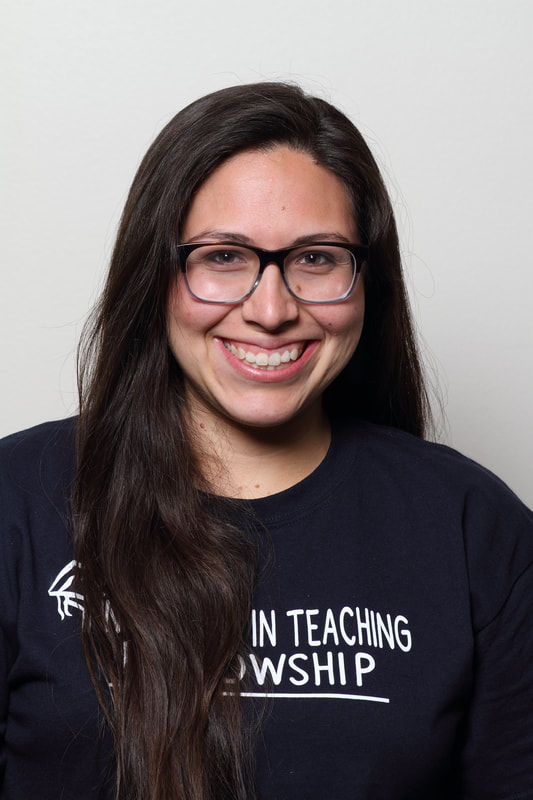
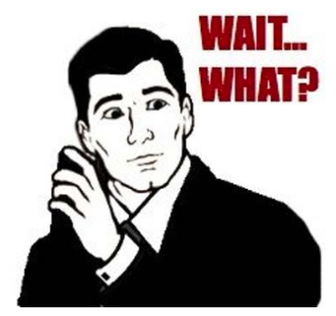
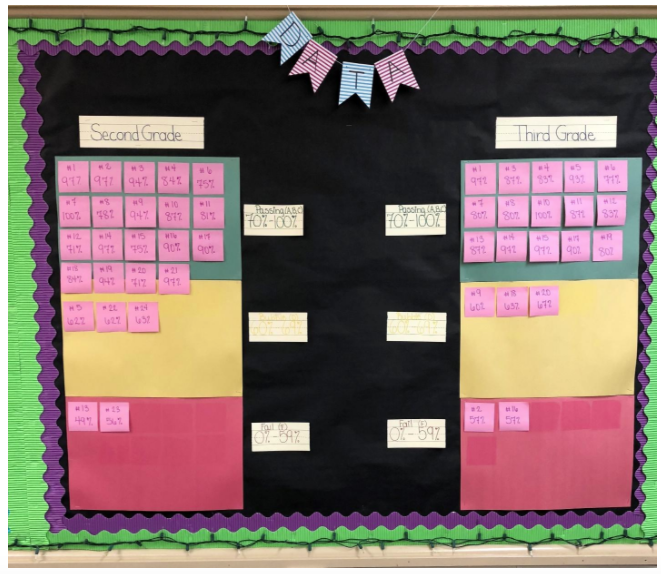

 RSS Feed
RSS Feed
